Home>Garden Essentials>How To Grow Monkey Face Orchids From Seeds
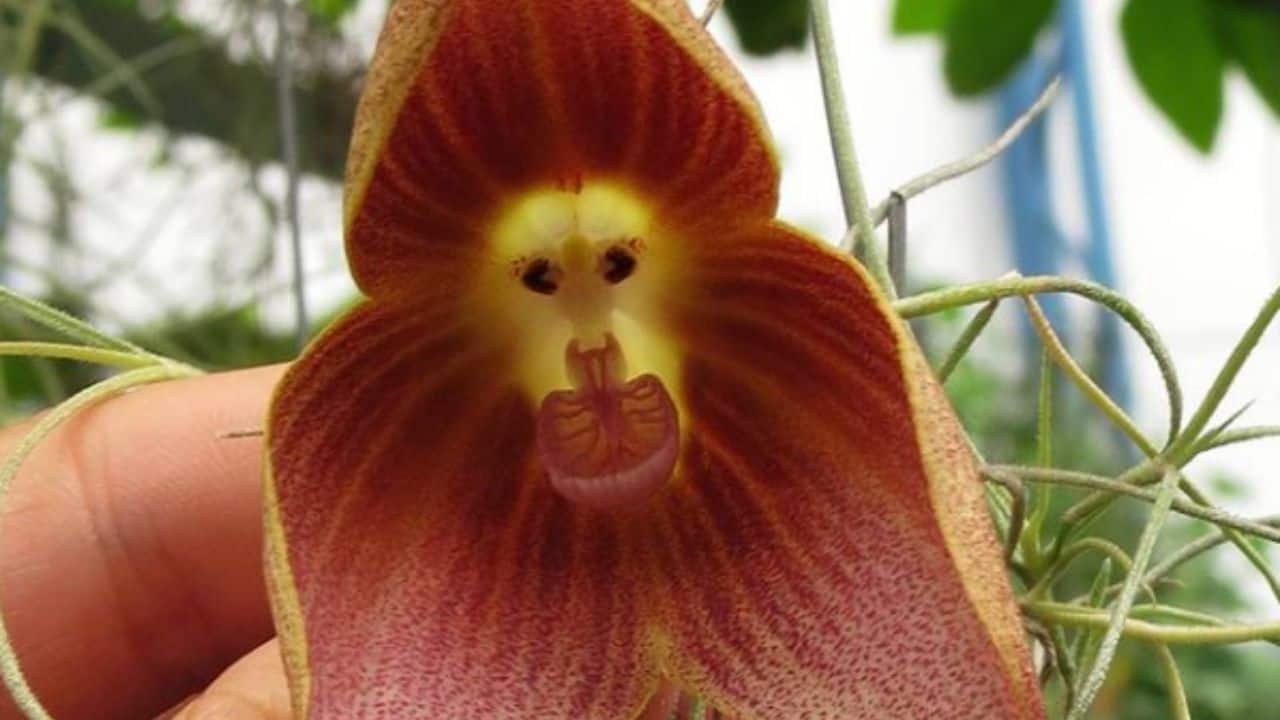

Garden Essentials
How To Grow Monkey Face Orchids From Seeds
Modified: March 15, 2024
Learn how to grow monkey face orchids from seeds in your garden. Discover the secrets to cultivating these unique and exotic flowers for a stunning addition to your outdoor space.
(Many of the links in this article redirect to a specific reviewed product. Your purchase of these products through affiliate links helps to generate commission for Storables.com, at no extra cost. Learn more)
Introduction
Welcome to the wonderful world of gardening! If you’re a plant enthusiast looking to add a touch of unique beauty to your collection, then you’re in for a treat. In this article, we’ll be diving into the enchanting realm of growing Monkey Face Orchids from seeds.
Monkey Face Orchids, scientifically known as Dracula simia, are one of nature’s most extraordinary creations. Native to the cloud forests of Ecuador and Peru, these exotic flowers get their name from their uncanny resemblance to the face of a monkey. With their velvety lips and quirky markings, these orchids are sure to turn heads and spark conversation.
While Monkey Face Orchids are truly captivating, they can be a bit tricky to cultivate. But fear not! With the right knowledge and a bit of patience, you can successfully grow these whimsical flowers from seeds and enjoy their beauty in your very own garden.
Before we delve into the nitty-gritty of growing Monkey Face Orchids from seeds, it’s crucial to understand their unique characteristics and requirements. Let’s explore what makes these orchids so special and what you can expect when cultivating them.
Key Takeaways:
- Growing Monkey Face Orchids from seeds requires patience, specific conditions, and care. It’s a rewarding journey that involves gathering seeds, preparing the growing medium, and providing optimal growing conditions.
- To successfully grow Monkey Face Orchids, one must nurture the seedlings with proper watering, feeding, support, and patience. Troubleshooting common issues like poor germination and pest infestations is also crucial.
Read more: How To Grow Orchids From Seed
Understanding Monkey Face Orchids
Monkey Face Orchids, or Dracula simia, are a species of orchid that belong to the Orchidaceae family. Known for their captivating appearance, these orchids have become a sought-after addition to many gardens and horticultural collections.
What sets Monkey Face Orchids apart is their resemblance to the face of a monkey. The flowers have intricate markings and a unique structure that gives them their monkey-like appearance. The velvety lips resemble the mouth of a monkey, and the petals often have contrasting colors and patterns that mimic facial features.
Monkey Face Orchids are epiphytic plants, which means they naturally grow on the branches of trees in their native habitat. They thrive in the cool, moist conditions of cloud forests, where they receive filtered light and high humidity. Recreating these conditions is essential for successfully growing Monkey Face Orchids.
When it comes to the size of Monkey Face Orchids, they typically reach a height of about 8 to 12 inches (20 to 30 cm). The flowers themselves vary in size, usually measuring around 1 to 2 inches (2.5 to 5 cm) across. The colors can range from pure white to vibrant shades of purple, orange, and red.
Monkey Face Orchids are known for their fragrant blooms, which often emit aromas reminiscent of ripe oranges or cloves. This delightful scent adds to their charm and makes them a favorite among orchid enthusiasts.
It’s important to note that Monkey Face Orchids are not the easiest orchids to grow. They require specific conditions, care, and patience. But with the right approach, it’s possible to enjoy these stunning blooms in your own garden.
Now that we have a better understanding of Monkey Face Orchids, it’s time to explore how to gather seeds to begin cultivating these remarkable flowers.
Gathering Seeds
Growing Monkey Face Orchids from seeds is an exciting and rewarding process. However, before you can begin, you’ll need to gather the seeds. Monkey Face Orchids produce small, dust-like seeds that are often referred to as “dust-like” due to their tiny size.
The best way to obtain Monkey Face Orchid seeds is by purchasing them from a reputable nursery or orchid supplier. Look for a reliable source that specializes in orchids to ensure you’re getting high-quality seeds.
Alternatively, if you happen to have access to a mature Monkey Face Orchid plant, you can collect seeds from the flower pods. Keep in mind that this process requires a bit more expertise and patience. The orchid flowers must be pollinated successfully for seed pods to form.
When the flowers are pollinated, they develop seed pods that contain numerous tiny seeds. These pods start off green and gradually turn brown as they mature. Once the pods are fully mature, they will split open, releasing the seeds.
To collect the seeds, carefully cut open the seed pods and collect the tiny dust-like seeds. It’s important to handle the seeds with care as they are delicate and easily dispersed by wind or mishandling.
Once you have the Monkey Face Orchid seeds in your possession, it’s time to prepare the growing medium so that they can germinate successfully.
Note: It’s worth mentioning that growing Monkey Face Orchids from seeds can be a bit challenging, and it may take several attempts to achieve success. Don’t get discouraged if you don’t see immediate results. With perseverance and the right conditions, you’ll be rewarded with the beautiful blooms of Monkey Face Orchids.
Preparing the Growing Medium
Creating the right growing medium is crucial for the successful germination and growth of Monkey Face Orchid seeds. The growing medium you choose should provide adequate moisture, drainage, and aeration to support healthy root development.
A popular choice for growing Monkey Face Orchids is a mixture of sphagnum moss and orchid bark. This combination provides a well-balanced environment that promotes root growth while allowing excess water to drain away.
To prepare the growing medium, follow these steps:
- Start by soaking the sphagnum moss in water until it becomes fully saturated. This helps ensure that it retains moisture within the growing medium.
- Next, mix the soaked sphagnum moss with orchid bark in equal parts. The orchid bark provides stability and aeration to the growing medium.
- Thoroughly combine the two components until they are well-integrated.
Once you have your growing medium prepared, it’s time to sow the Monkey Face Orchid seeds and begin the germination process.
Note: If you prefer, you can also explore other growing mediums specifically designed for orchids, such as orchid potting mixes available in the market. Just ensure that the medium is suitable for moisture retention and drainage.
Sowing the Orchid Seeds
Now that you have your growing medium prepared, it’s time to sow the Monkey Face Orchid seeds. Sowing the seeds correctly is crucial for their successful germination and growth.
Follow these steps to sow the Monkey Face Orchid seeds:
- Fill a clean and sterilized seed tray or a small pot with the prepared growing medium. Ensure that the container has drainage holes to prevent waterlogging.
- Evenly distribute the Monkey Face Orchid seeds on top of the growing medium. Due to their small size, it can be challenging to space them out perfectly, but try to keep them spread apart to avoid overcrowding.
- Once the seeds are in place, gently press them into the growing medium, so they make good contact with it. However, avoid burying them too deeply, as they need some light to germinate.
- If needed, you can lightly mist the seeds and the growing medium with water to ensure they are adequately moist. Avoid overwatering as it can lead to rotting of the seeds.
- Cover the tray or pot with a clear plastic lid or plastic wrap to create a humid environment. This helps retain moisture and create the ideal conditions for germination.
- Place the tray or pot in a warm and well-lit location, away from direct sunlight. Monkey Face Orchid seeds require diffused light for germination. You can use fluorescent lights or a shaded area to provide the right amount of light.
- Keep a close eye on the seeds and monitor the moisture levels regularly. Ensure the growing medium remains slightly moist but not waterlogged.
- Be patient! Germination can take anywhere from several weeks to several months. It’s essential to maintain consistent conditions and resist the temptation to disturb the seeds during this time.
Once the Monkey Face Orchid seeds have germinated, it’s time to provide them with optimal growing conditions to ensure their healthy development. We’ll explore this in the next section.
Monkey face orchids can be grown from seeds by sowing them in a well-draining potting mix, keeping them moist, and providing indirect light. It’s important to be patient as they can take several years to mature and bloom.
Read more: How To Grow Orchids From Seeds
Providing Optimal Growing Conditions
Creating the right growing conditions is essential for the healthy development and growth of Monkey Face Orchid seedlings. Here are some key factors to consider:
- Light: Monkey Face Orchids thrive in bright, indirect light. Place the seedlings in a location where they receive bright, diffused light, but avoid direct sunlight. You can use a sheer curtain or place them near a window with filtered light.
- Temperature: Monkey Face Orchids prefer cool to moderate temperatures. Aim for a temperature range between 60°F and 75°F (15°C and 24°C) during the day and slightly cooler temperatures at night. Avoid extreme temperature fluctuations.
- Humidity: Monkey Face Orchids require high humidity, similar to their natural habitat in cloud forests. You can increase humidity levels by placing the seedlings on a tray filled with water and pebbles. As the water evaporates, it creates a humid microclimate around the orchids.
- Air Circulation: Good air circulation is crucial for preventing fungal diseases and promoting healthy growth. Ensure there is adequate airflow around the seedlings, but avoid placing them in drafty areas.
- Watering: Proper watering is crucial. Water the seedlings when the top inch of the growing medium feels slightly dry. Use room temperature, filtered water and avoid overwatering, as it can lead to root rot. Ensure the water drains well from the pot or tray.
- Fertilization: Once the seedlings have established a few sets of leaves, you can begin fertilizing. Use a balanced orchid fertilizer diluted to half strength and apply it every two weeks during the growing season. Follow the package instructions for the specific fertilizer you choose.
By providing the optimal growing conditions of light, temperature, humidity, air circulation, watering, and fertilization, you will give your Monkey Face Orchid seedlings the best chance to thrive and develop into healthy plants.
Next, let’s explore the essential care tips for nurturing Monkey Face Orchid seedlings as they continue to grow.
Caring for Seedlings
As your Monkey Face Orchid seedlings continue to grow, they require proper care to ensure their healthy development into mature plants. Here are some essential care tips to follow:
- Watering: Monitor the moisture levels of the growing medium regularly. Water the seedlings when the top inch of the soil feels slightly dry. Avoid overwatering, as this can lead to root rot. Maintain a balance by providing adequate moisture without waterlogging the growing medium.
- Feeding: As the seedlings develop and grow, they will benefit from regular feeding. Use a balanced orchid fertilizer diluted to half strength and apply it every two weeks during the growing season. Follow the package instructions for proper dosage and application.
- Support: Monkey Face Orchid seedlings may require support as they grow taller. Gently insert a small stake next to the seedling and tie it with a soft string or twist tie. This will help prevent the plant from bending or falling over as it develops.
- Pest Control: Keep a close eye on your seedlings for signs of pests such as aphids, mealybugs, or spider mites. Inspect the leaves and stems regularly and treat any infestations promptly. Use organic insecticides or other appropriate pest control methods to protect your orchids.
- Pruning: As the seedlings grow, they may develop unwanted shoots or damaged leaves. Prune these carefully using sterile pruning shears to maintain the plant’s overall health and appearance.
- Transplanting: Eventually, as your Monkey Face Orchid seedlings mature and outgrow their containers, you may need to transplant them into larger pots. Use a well-draining orchid potting mix and gently transfer the seedling, taking care not to damage the delicate roots.
- Patience: Growing Monkey Face Orchids from seeds requires patience. It can take several years for the seedlings to reach maturity and start blooming. Be patient and consistent in providing the necessary care, and you’ll eventually be rewarded with stunning Monkey Face Orchid blooms.
By following these care tips, you’ll provide your Monkey Face Orchid seedlings with the best possible conditions for healthy growth and development. They will gradually transform into mature plants, ready to showcase their unique and enchanting flowers.
Now let’s move on to the next section, where we’ll discuss how to successfully transplant your Monkey Face Orchid seedlings.
Transplanting Seedlings
As your Monkey Face Orchid seedlings grow and mature, they may eventually outgrow their current containers and require transplanting into larger pots. Transplanting is a crucial step in providing your orchids with ample space and nutrients for continued growth. Here’s a step-by-step guide on how to successfully transplant your Monkey Face Orchid seedlings:
- Choose the right time: Transplant your seedlings during their active growth period, typically in the spring or early summer. This allows the orchids to recover and establish themselves more effectively.
- Select a suitable pot: Choose a pot or container that is slightly larger than the current one. Ensure it has drainage holes to prevent waterlogging. Orchids prefer containers made of translucent material to allow light to reach the roots.
- Prepare the new pot: Fill the new pot with a well-draining orchid potting mix. You can use a mixture of orchid bark, sphagnum moss, and perlite. Ensure the mix is well-aerated and provides excellent drainage.
- Remove the seedling: Carefully remove the seedling from its current container. Be gentle to avoid damaging the delicate roots. Gently loosen the roots if they appear compacted or tangled.
- Place the seedling in the new pot: Position the seedling in the center of the new pot, ensuring that the roots are spread out evenly. Add more potting mix around the roots, gently pressing it down to secure the seedling in place.
- Water and settle the soil: After transplanting, thoroughly water the potting mix to settle it and eliminate any air pockets around the roots. Ensure that excess water drains out of the pot to prevent waterlogged conditions.
- Maintain care: Following the transplant, continue to care for your seedling as outlined in the previous section. Monitor the moisture levels, provide adequate light and humidity, and fertilize as needed.
Transplanting your Monkey Face Orchid seedlings gives them the space and resources they need to grow and flourish. With proper care, your seedlings will continue to develop into mature plants and eventually reward you with their unique and captivating blooms.
In the next section, we’ll discuss some common issues that you might encounter while growing Monkey Face Orchids and how to troubleshoot them effectively.
Troubleshooting Common Issues
While growing Monkey Face Orchids can be a rewarding experience, it’s not uncommon to encounter a few challenges along the way. Here are some common issues you may face and tips to troubleshoot them effectively:
- Poor or no germination: If your orchid seeds fail to germinate, it may be due to several factors. Ensure that the seeds are fresh and viable. Check the temperature and humidity levels to ensure they are within the appropriate range. Patience is key, as germination can take time. If all else fails, consider obtaining fresh seeds from a reputable source.
- Yellowing or wilting leaves: Yellowing or wilting leaves can indicate overwatering or underwatering. Check the moisture levels of the growing medium and adjust your watering accordingly. Ensure that excess water drains properly and that the roots are not sitting in water. Additionally, monitor the light levels to ensure your orchids are receiving adequate but not excessive light.
- Stunted growth: If you notice that your Monkey Face Orchid seedlings are not growing as expected, it could be due to insufficient light, improper watering, or lack of nutrients. Ensure that your orchids are receiving the appropriate amount of light, water them adequately, and provide regular fertilization to support healthy growth.
- Pest infestations: Orchids can be susceptible to pests such as aphids, mealybugs, or spider mites. Inspect your plants regularly for any signs of pests, including distorted leaves, webs, or sticky residue. Treat infestations promptly using organic insecticides or other suitable pest control methods.
- Yellow or distorted blooms: If your Monkey Face Orchid blooms appear yellow or distorted, it could be due to improper light conditions, extreme temperatures, or nutrient deficiencies. Assess the lighting conditions and ensure they are receiving the right amount of indirect light. Check that the temperatures are within the suitable range and adjust if necessary. If yellowing persists, consider adjusting your fertilization routine to ensure adequate nutrient intake.
Remember, growing orchids requires patience and careful observation. With time and attention, you can overcome these common challenges and cultivate healthy and thriving Monkey Face Orchids in your garden.
As we conclude this article, you should now have a good understanding of how to grow Monkey Face Orchids from seeds. By gathering seeds, preparing the growing medium, sowing the seeds, providing optimal growing conditions, caring for the seedlings, and troubleshooting common issues, you’ll be well-equipped to embark on this rewarding journey of cultivating these unique and fascinating orchids.
Now, go forth and let your garden bloom with the delightful and enchanting faces of Monkey Face Orchids!
Read more: How To Grow Orchids From Seed Without Agar
Conclusion
Congratulations on learning how to grow Monkey Face Orchids from seeds! Armed with the knowledge and understanding of these unique orchids, you are well-prepared to embark on a rewarding journey of cultivating these captivating plants in your own garden.
From gathering the seeds to sowing them in the right growing medium, providing optimal conditions, caring for the seedlings, and troubleshooting common issues, you have gained insights into the essential steps and techniques required for successful cultivation.
Remember, growing Monkey Face Orchids requires patience and dedication. These orchids may pose certain challenges, but with perseverance and careful attention to their specific needs, you will be rewarded with the stunning and whimsical beauty of their monkey-like blooms.
As you embark on this exciting journey, continue to educate yourself about these remarkable orchids. Stay informed about the latest techniques and advancements in orchid cultivation, and don’t hesitate to reach out to fellow orchid enthusiasts or experts for guidance and support.
May your garden be filled with the enchanting faces of Monkey Face Orchids, bringing joy and fascination to all who behold their unique beauty. Happy growing!
If you have any further questions or need additional assistance, feel free to dive back into the world of gardening and reach out for guidance. Remember, a thriving garden begins with a curious mind and a caring hand.
Best of luck in your gardening endeavors, and may your Monkey Face Orchids flourish and bring you endless joy!
Frequently Asked Questions about How To Grow Monkey Face Orchids From Seeds
Was this page helpful?
At Storables.com, we guarantee accurate and reliable information. Our content, validated by Expert Board Contributors, is crafted following stringent Editorial Policies. We're committed to providing you with well-researched, expert-backed insights for all your informational needs.
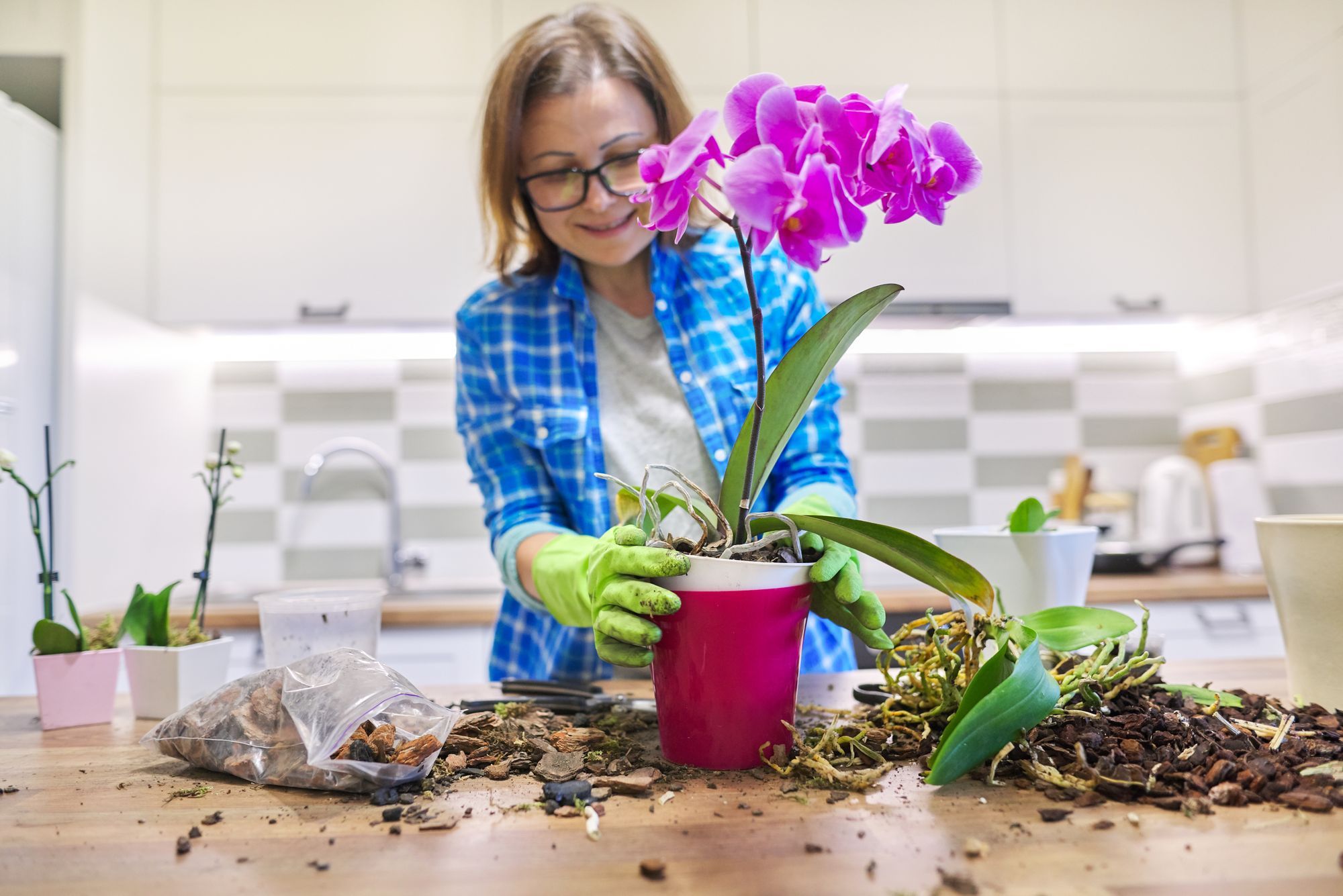
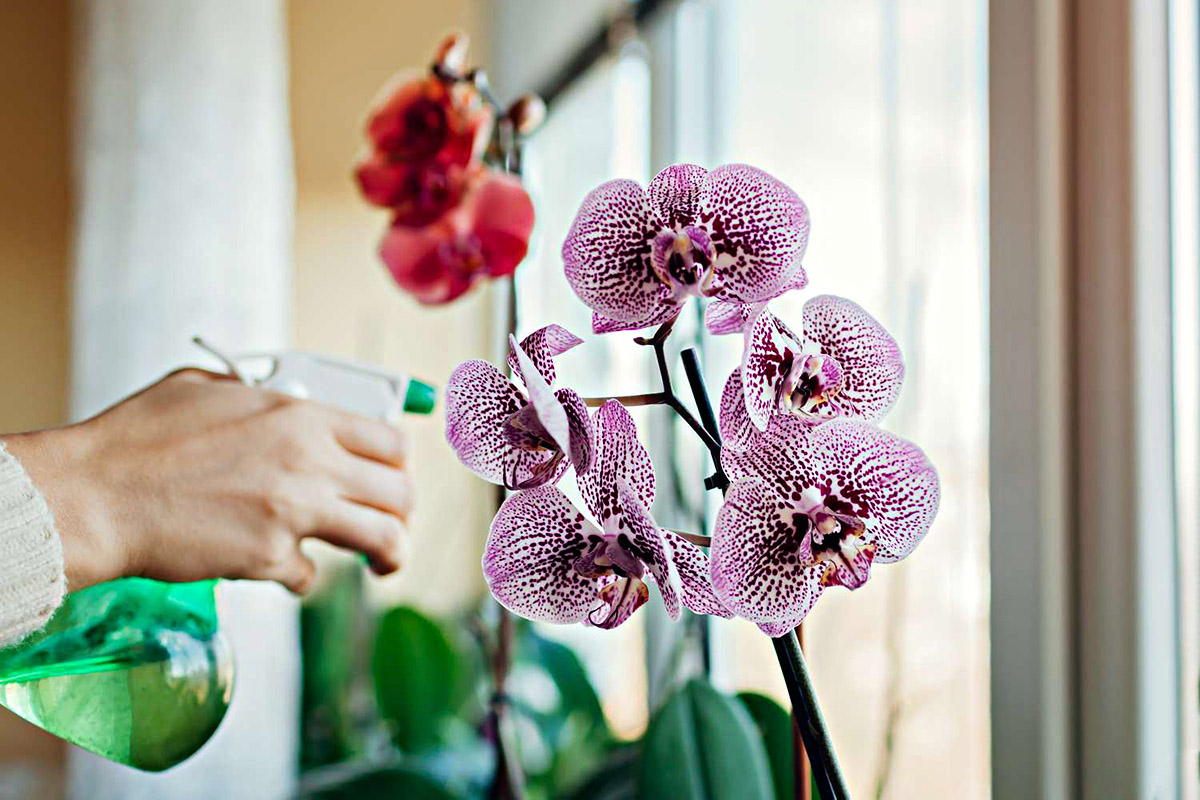
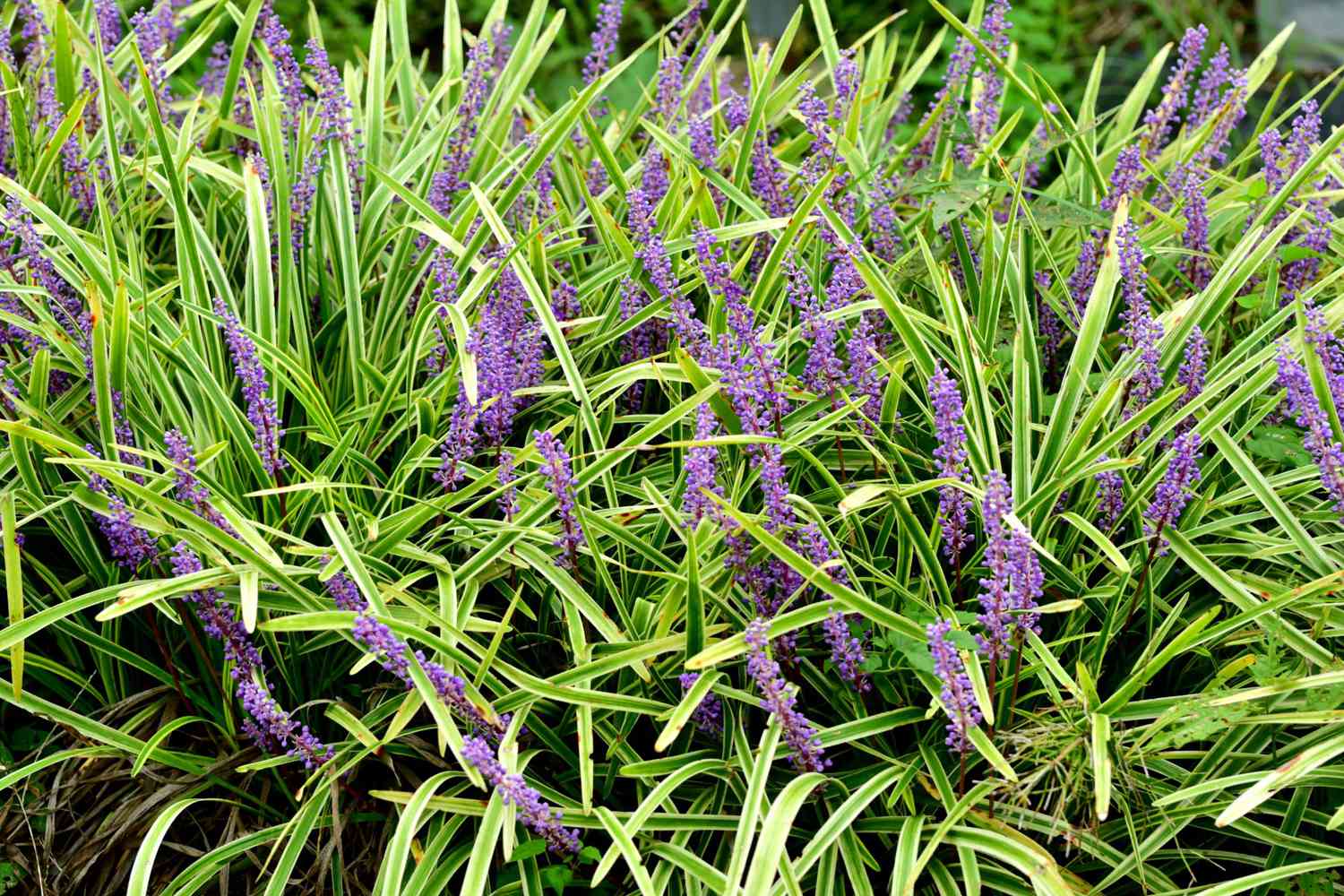
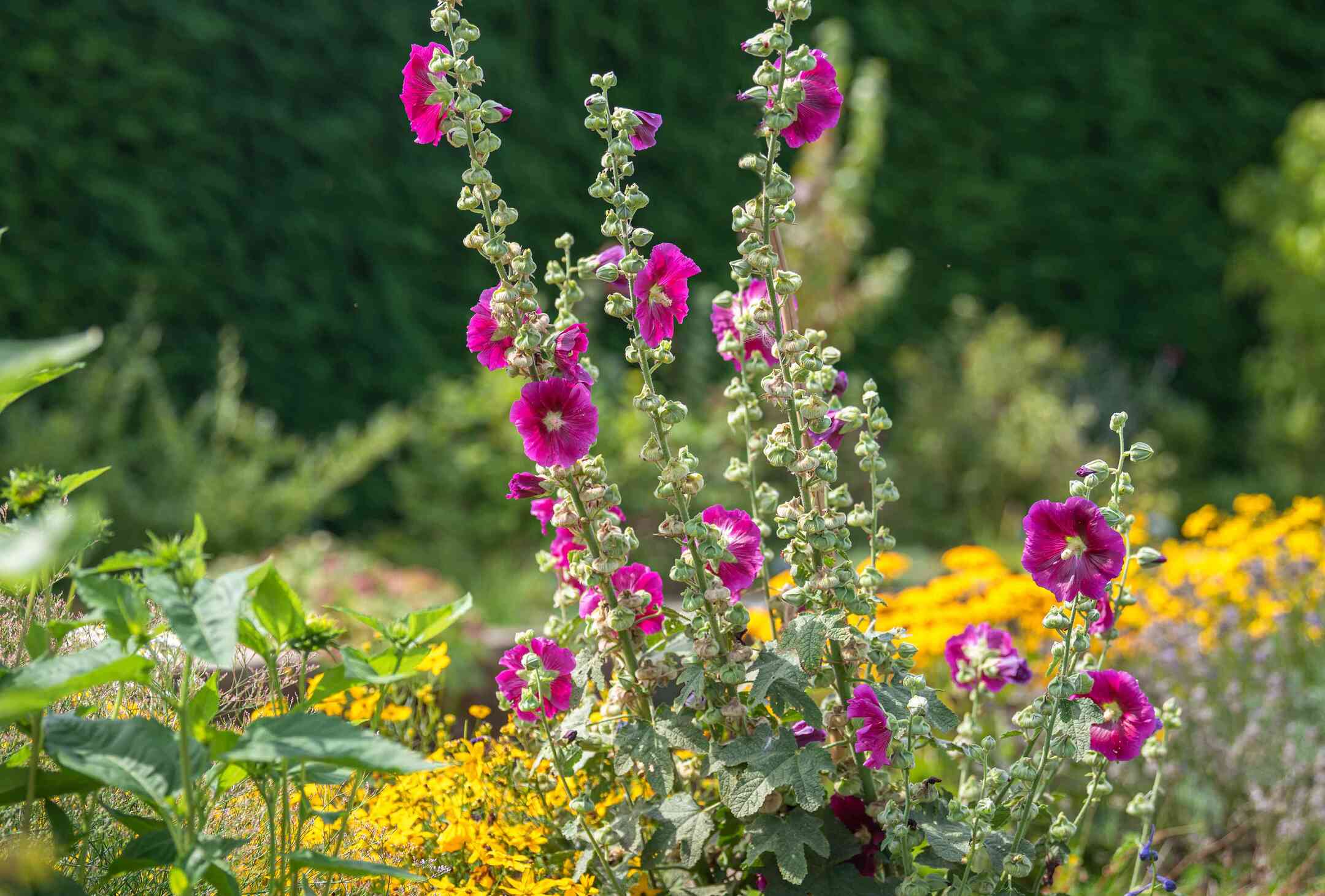
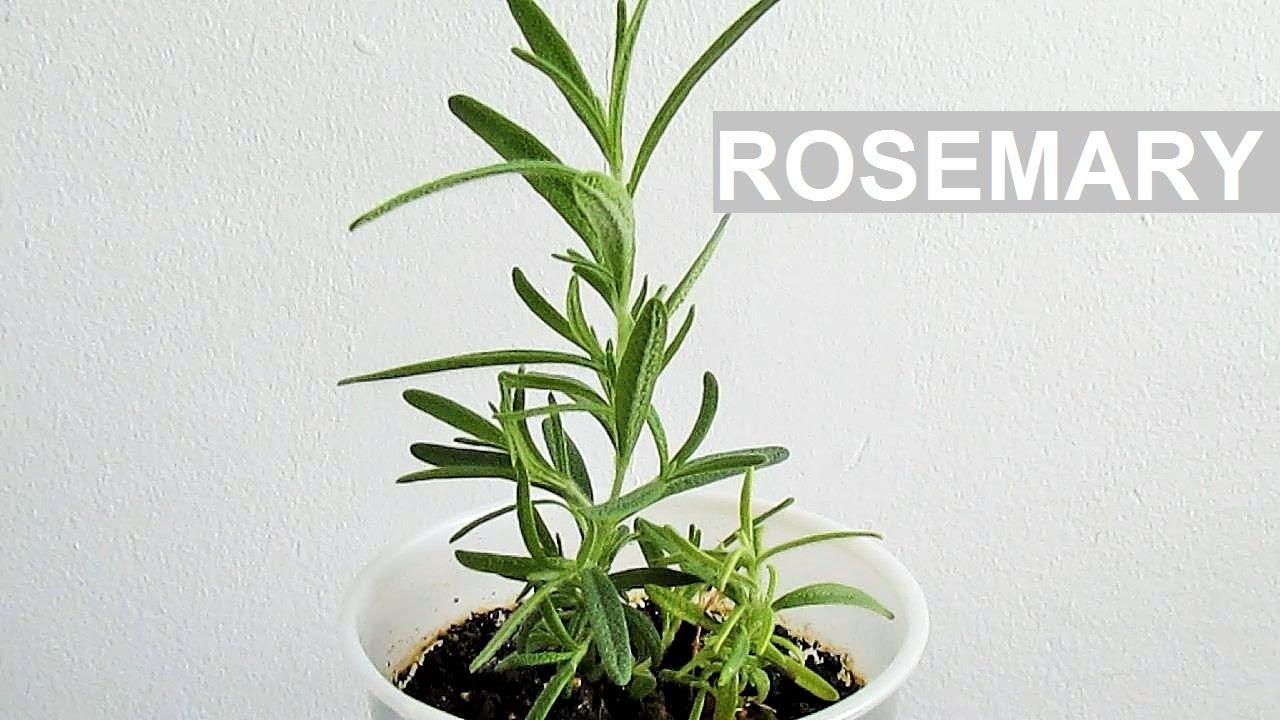
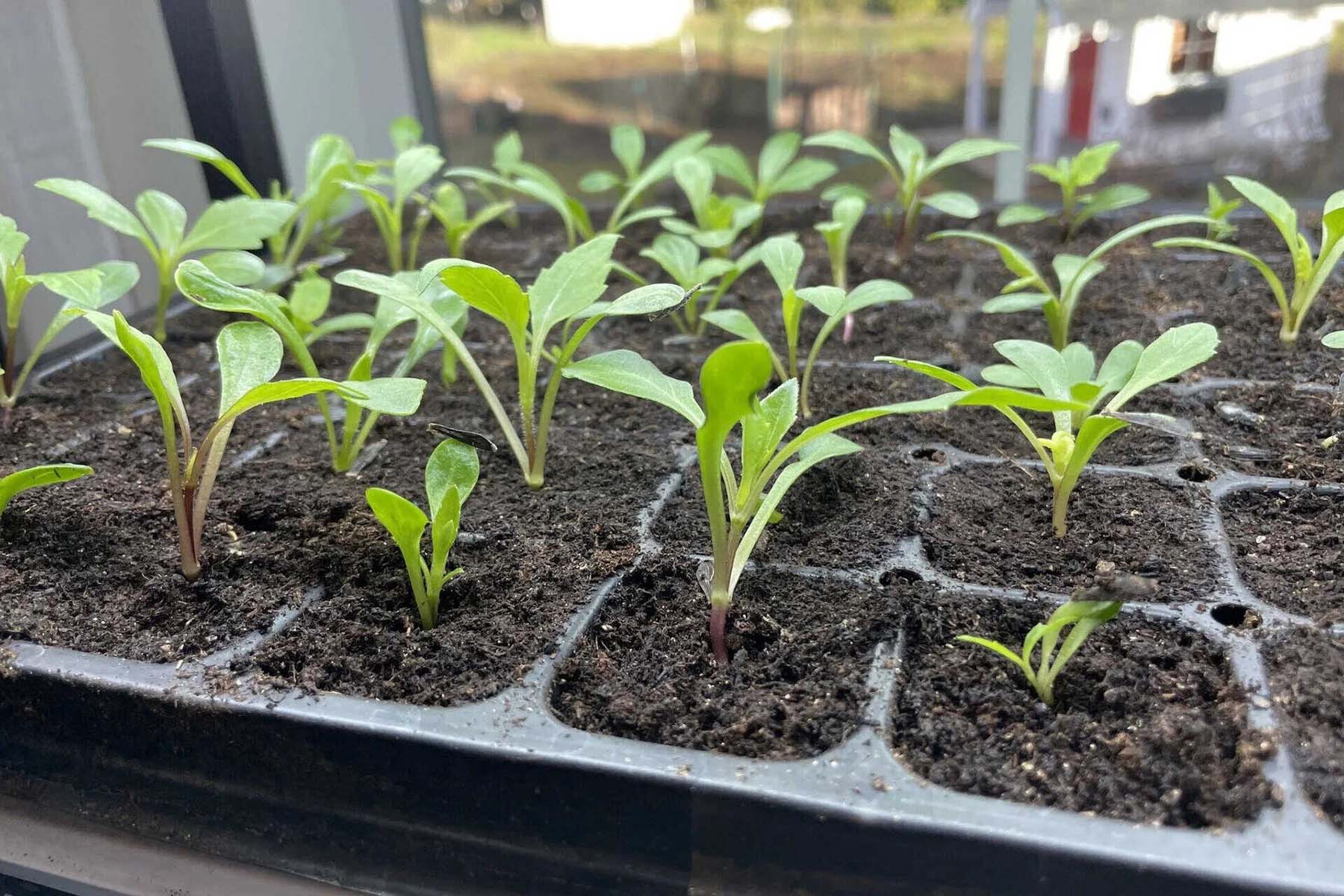
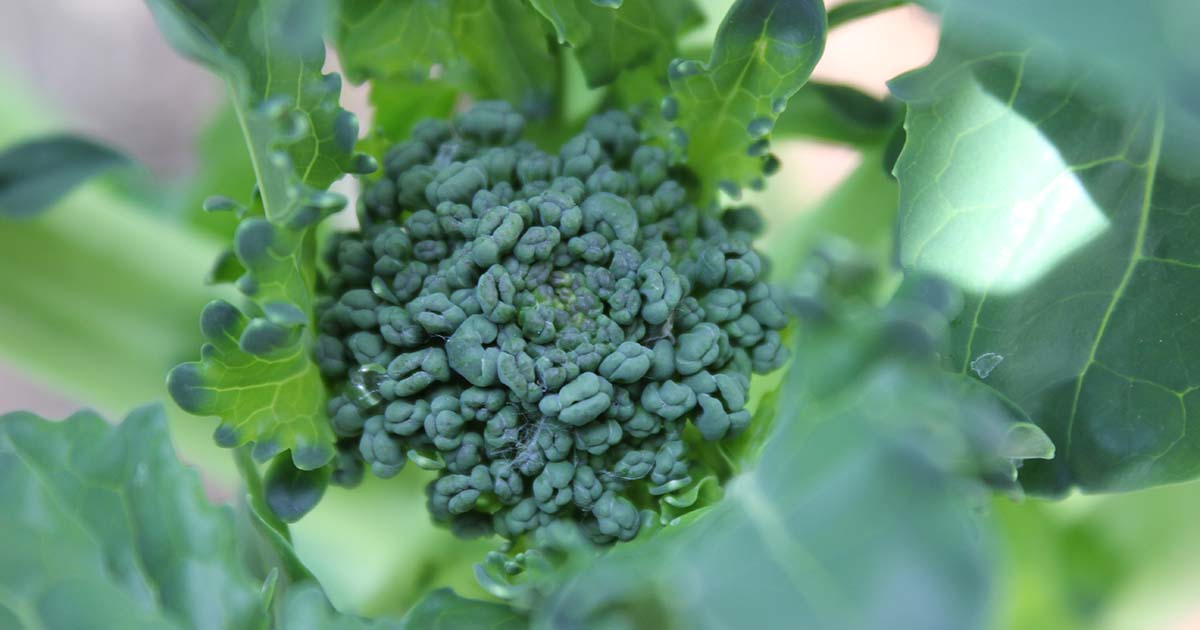
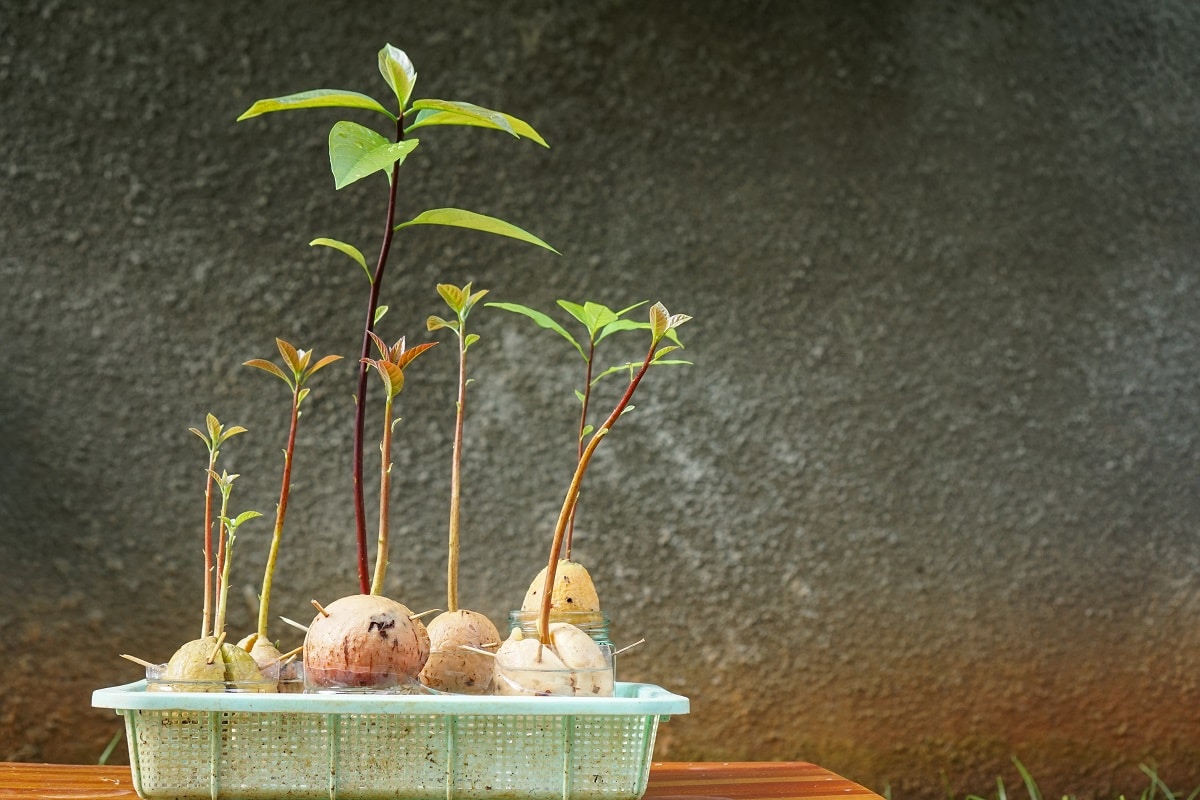
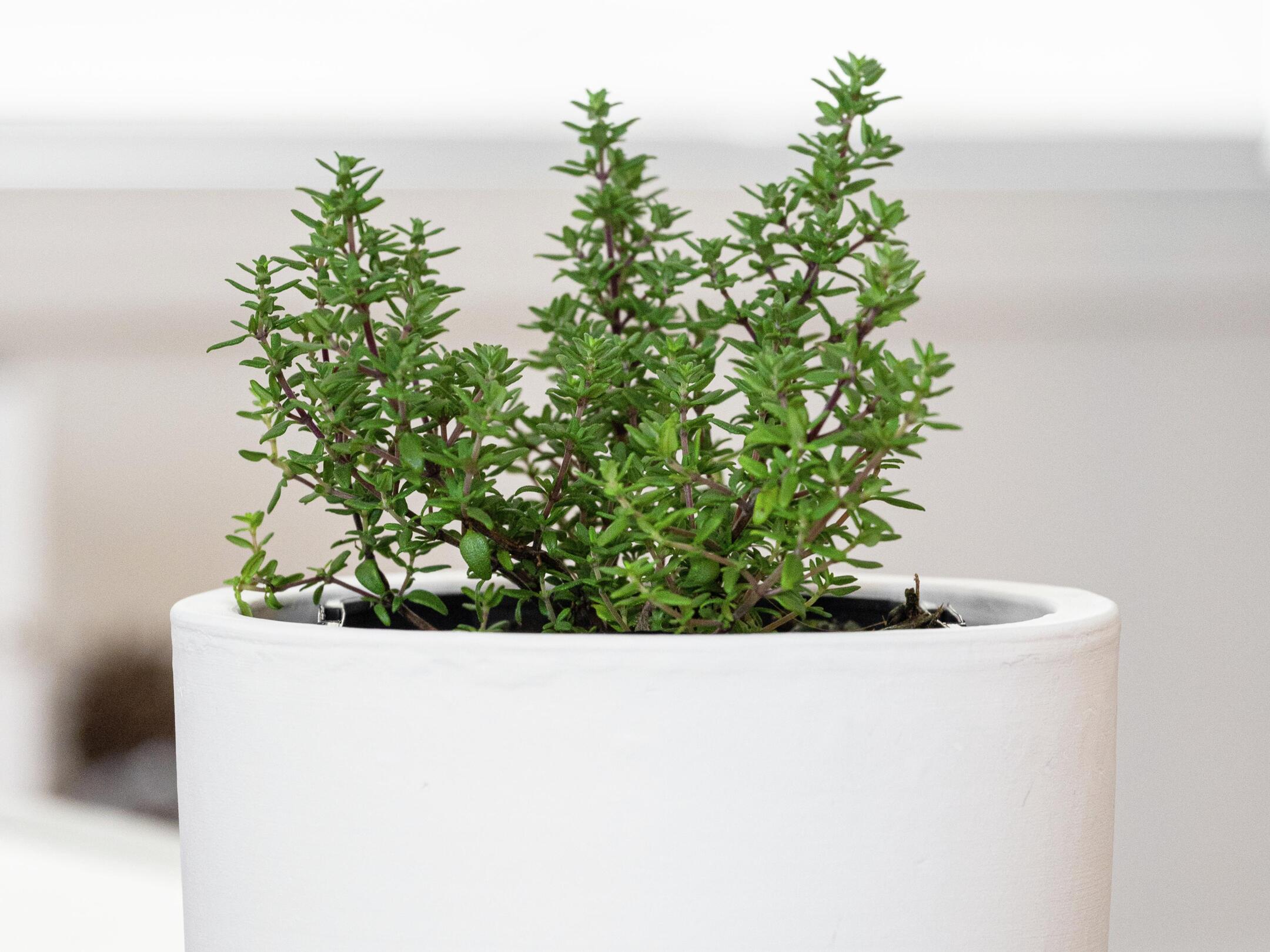
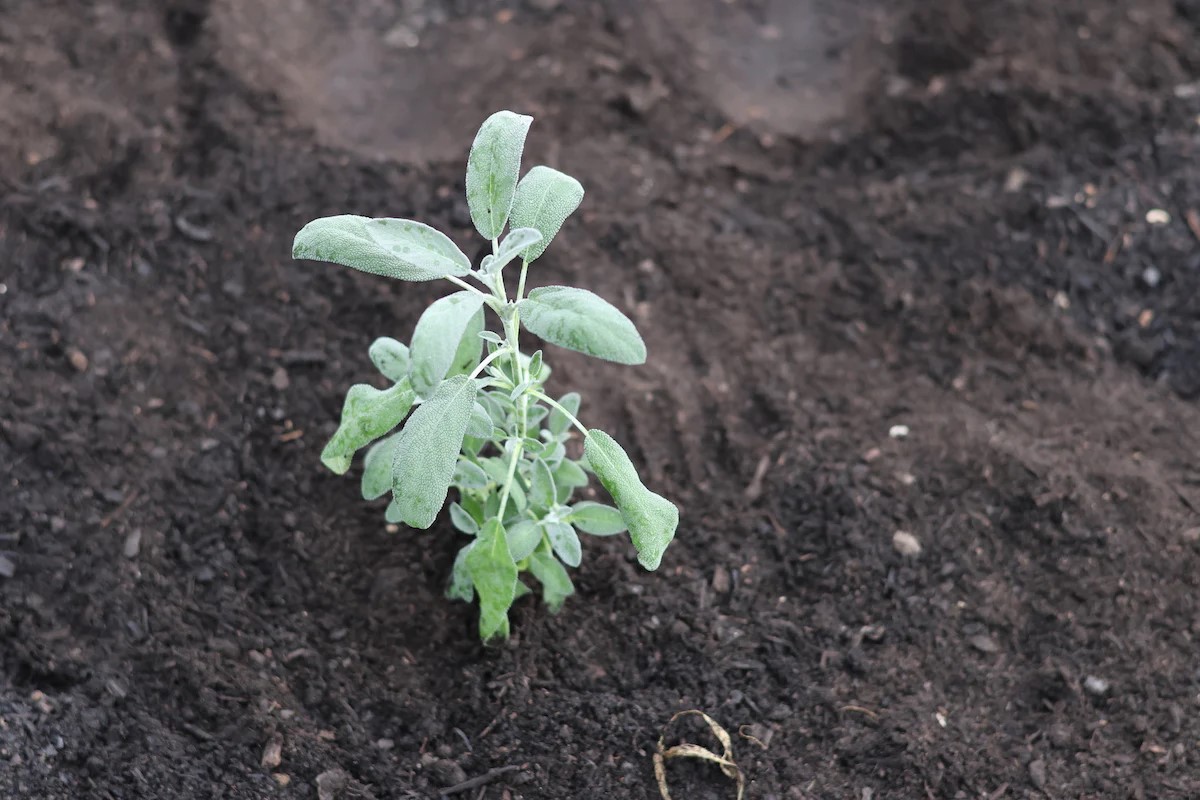
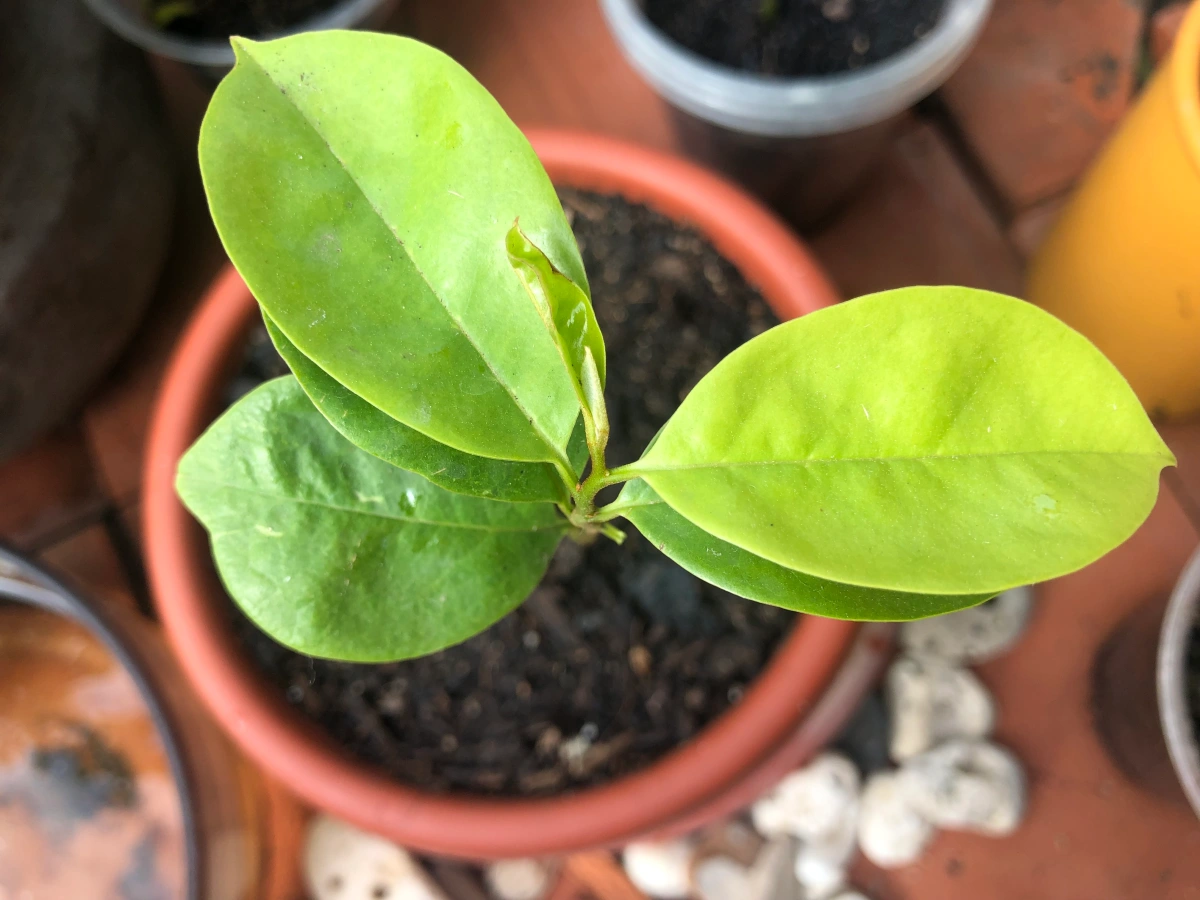
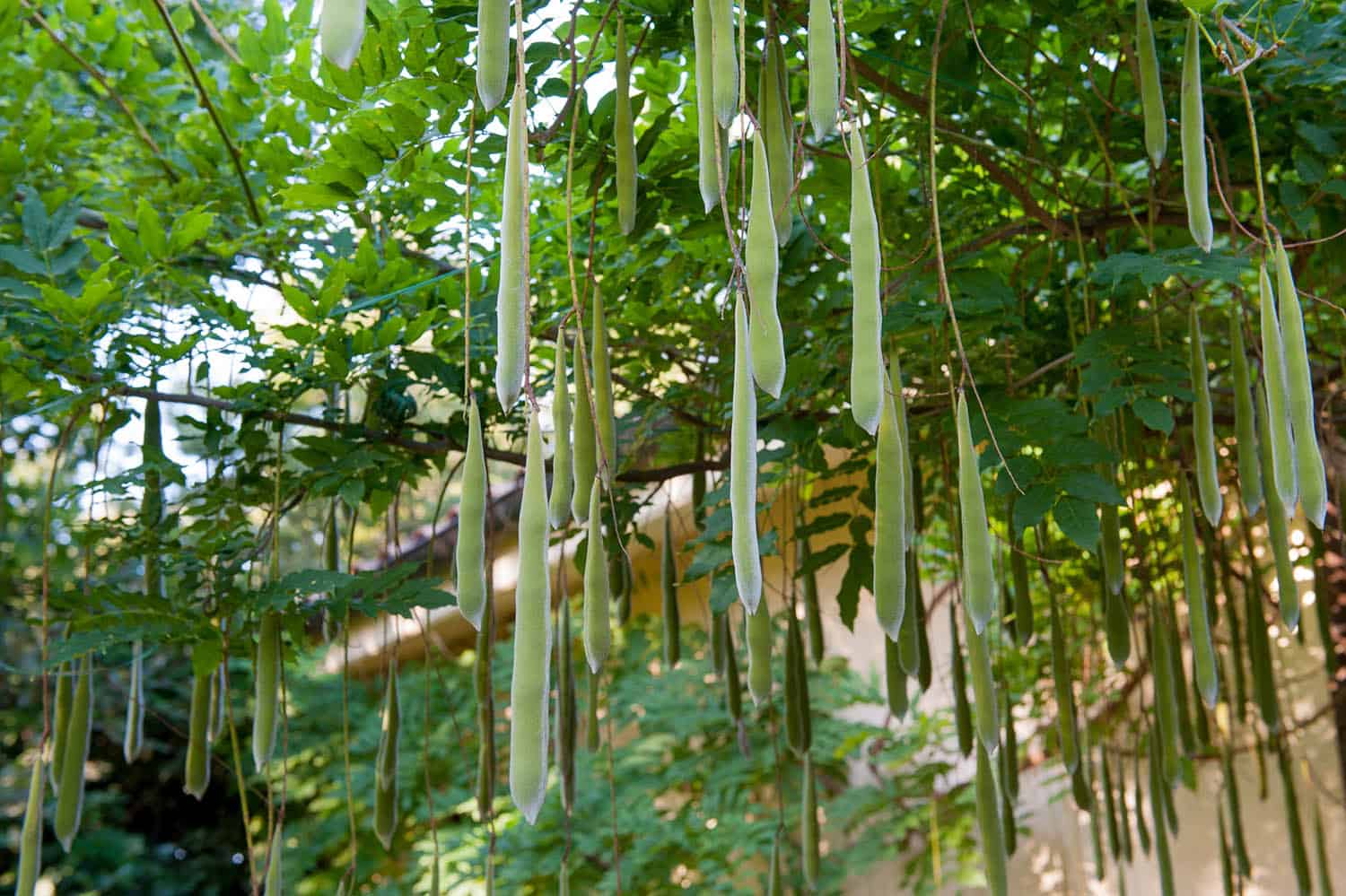
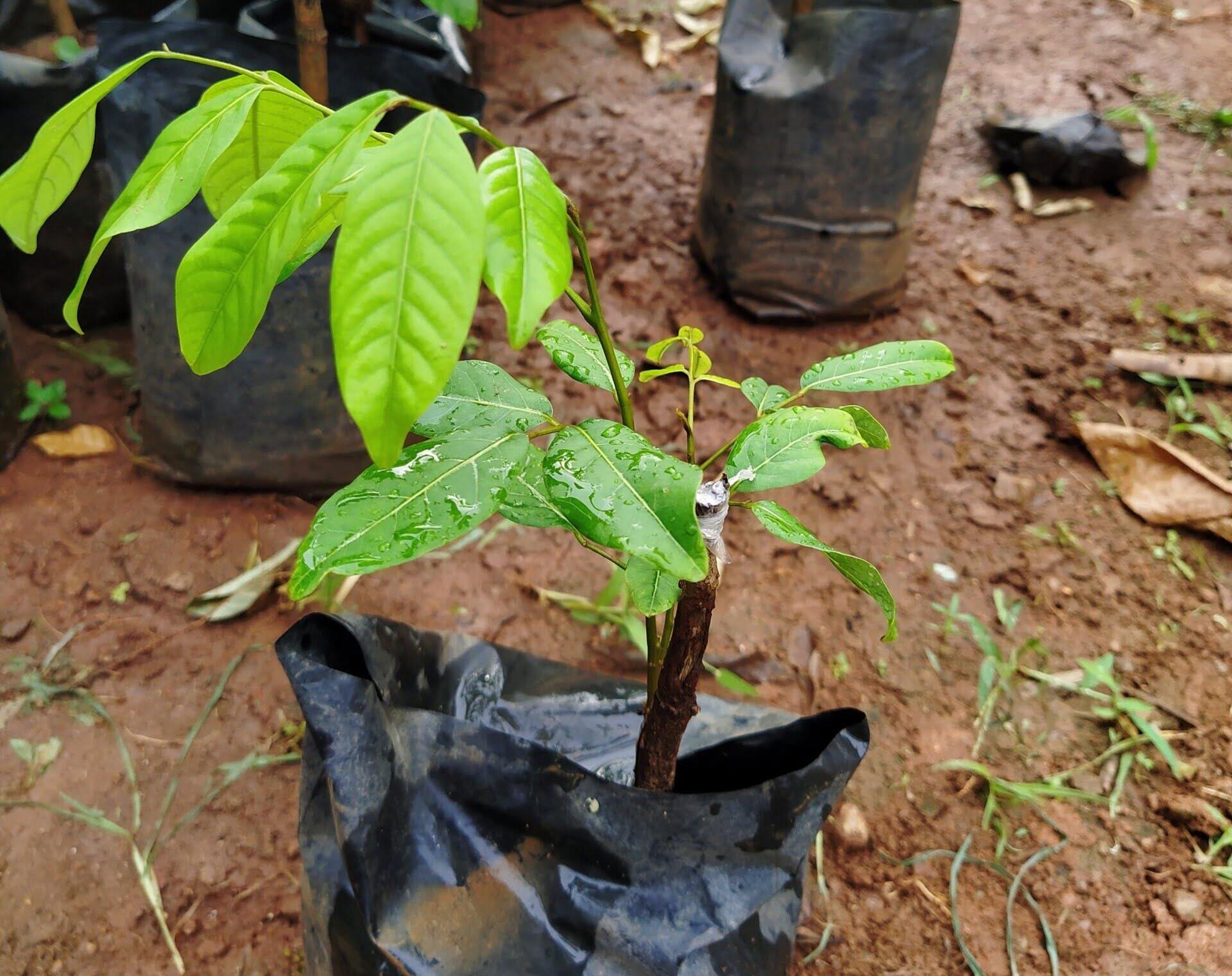

0 thoughts on “How To Grow Monkey Face Orchids From Seeds”